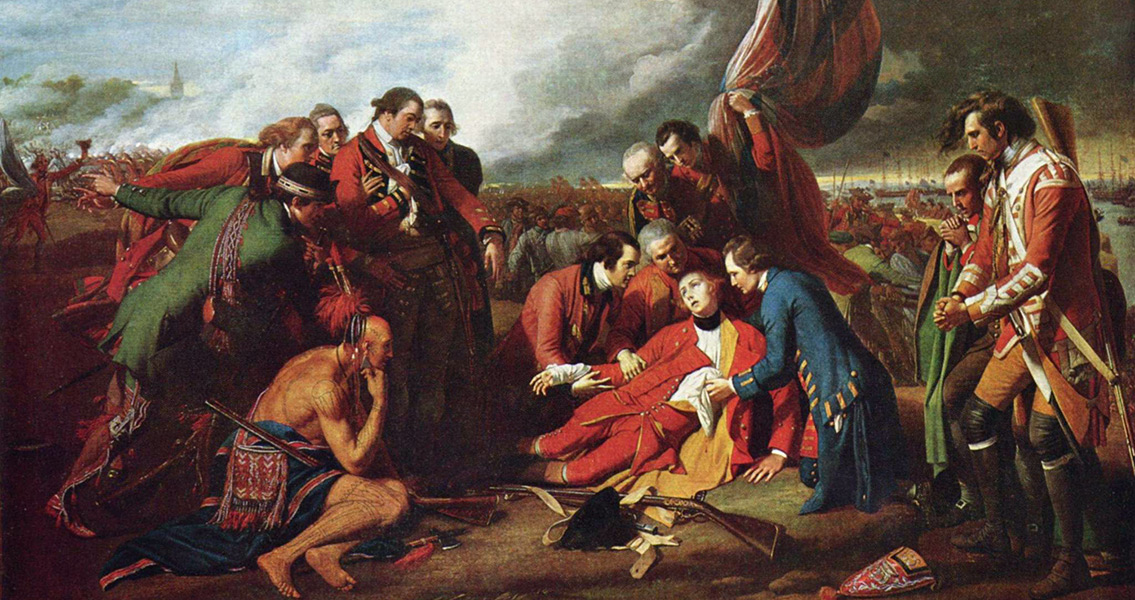<![CDATA[On 15th May, 1756, Britain declared war on France, marking the start of the Seven Years' War. Although skirmishes between France and Britain had been taking place in North America prior to the official declaration, the war quickly escalated, becoming the last war before the French Revolution to involve all of the major powers in Europe. As was often the case in the eighteenth century, a conflict which started in North America was in fact driven by rivalries in Europe. It is necessary to understand the Seven Years' War within this context, as trends in both the Old World and the New World contributed to an international war. In North America, Anglo-French territorial rivalry directly led to the war. Throughout the early 1750s, French expansion in the Ohio River Valley brought French and British colonists into conflict. In 1755, the French Colonists won a series of valuable victories, defeating George Washington amongst others. The French were successful in winning the support of the Native American Indians, putting increasing pressure on Britain to react to preserve its foothold in the region. Apathy in Britain itself, combined with the distraction of internal disputes within the British colonies, had meant Britain was initially slow to react to the French advance, but it finally moved to preserve its interests in 1756. The territorial disputes in North America were just one part of broader competition between France and Spain, and Great Britain. Britain's growing naval strength and colonial gains disrupted the balance of power in Europe, threatening the position of France and Spain who were both eager to restrict British expansion. These trends had led to confrontations previously, and some historians argue that it was the exact same rivalry which drove the Napoleonic Wars of the nineteenth century. Indeed, some place the Seven Years' War into a "Second Hundred Years' War'" between France and Britain. Disputes elsewhere in Europe, and a complex alliance system, also had a major role to play in the conflict. The Austrian Habsburgs wanted to win back Upper Silesia, the lucrative province they had lost to Prussia in the 1740 War of Austrian Succession. Prussia, ruled by Frederick II, had an alliance with Great Britain and Hannover, while Austria was allied with France, Sweden, Saxony and Russia. By 1756, Austria and its allies were poised to launch an attack on Prussia. Frederick, preempting what he believed was an inevitable Austrian led attack on Prussia, invaded Saxony on 29th August, 1756. Over the next few years, Central and Eastern Europe became a battlezone as Prussia dealt with enemies on both its western and eastern frontier. Britain and France, already at war, also became embroiled in this central European conflict as a consequence of their alliances. It would be wrong to refer to the Seven Years' War as a world war, because the combatants were only European nations. However, it was very much a European war fought around the world. As well as the power struggle in Europe, Britain and France battled over control of India, the West Indies, parts of Africa, and of course, North America. Ended by two treaties, the Treaty of Hubertsburg between Prussia and Austria, and the Treaty of Paris between Britain and France, the Seven Years' War had several significant long term effects. France had been expelled from Canada and in the treaty renounced all claims to North American territory, as well as its territorial gains in India. Britain's naval dominance had been confirmed, and its empire secured. In Europe, Prussia also made substantial territorial gains, making clear its standing as a major power on the continent. ]]>
The Seven Years' War Begins
